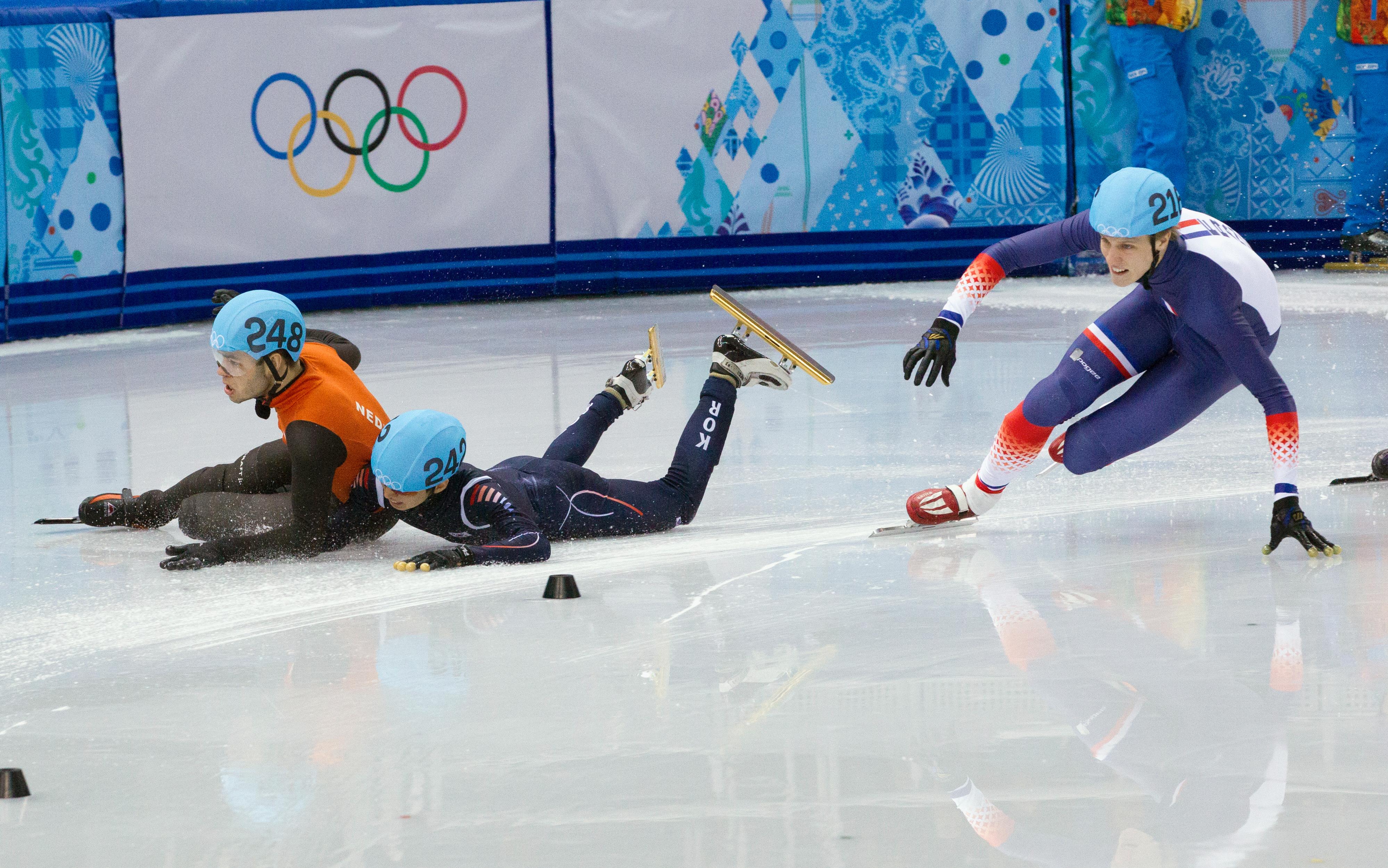Shoulder dislocation
The shoulder can be dislocated in several directions, but in 95% of cases the shoulder dislocates in a forward direction.

Causes
The shoulder joint has the greatest range of motion compared to any other joint in the body. This makes it less stable, and susceptible to dislocations.
Shoulder dislocations often occur in connection with sports. The most common cause is falling on an outstretched arm, or that the arm experiences an external impact while it is facing outwards and upwards (a so-called outward rotation of an abducted arm). An example of this is when a handball player is tackled by an opponent while shooting on goal.
It is not very often that the shoulder will be displaced towards the back. When the shoulder dislocates in a forward direction, it is mainly because the surrounding muscles fail to keep the shoulder joint in place when it is subjected to heavy forces. When this happens, it tends to damage the joint capsule, labrum (a cartilage rim in the shoulder), and ligaments. There might also be minor fractures in the top of the upper arm (humeral head).
Risk of re-injury
If a person has previously had a dislocated shoulder, the risk of it happening again is high.
Signs and symptoms
After a shoulder dislocation, it is common that the arm is held in a particular position: the elbow tucked into the body and the hand placed over the stomach. The injured person will feel intense pain and have difficulties moving their arm.
Diagnosis
If possible, a person experiencing a shoulder dislocation for the first time should be taken to the hospital for examination by a doctor. X-rays can be used to confirm the diagnosis and give information about the position of the dislocated shoulder. They will also be able to show any potential fractures, which are not uncommon.
Acute treatment - getting the shoulder joint back into place
The immediate objective is to get the shoulder back into the correct joint position. This process is known as reduction. The earlier this is done, the more likely you are to avoid complications. A dislocated shoulder that remains untreated for a long time can lead to negative outcomes. The tension in the muscles is less if the reduction occurs early, and it will, therefore, be easier to get the shoulder back into place.
Those who have experienced a dislocated shoulder several times, or those who are far away from medical help, will benefit from being able to put their shoulder back into position by themselves (self-reduction). For example, by (a) holding their hands around one of their knees, and (b) stretching from the hip while leaning backwards. X-rays taken at a later point will be able to show whether or not the self-reduction was successful.
Rehabilitation
Once the shoulder is back in place it is important to keep the arm still for around 3 to 4 days. This is called the immobilisation period. During this time it is wise to keep the arm in a sling. Recent evidence shows that those who follow this advice reduce the risk of a repeated dislocation by 35%. After the immobilisation period, exercises for movement control of the shoulder blade and shoulder strength are recommended.
Before returning to sport, you must have attained the same range of motion and strength in the injured shoulder, as in the uninjured one. There is a higher chance of recurrence if you return to sport too early. In most cases, a rehabilitation period of at least three months is recommended. If conservative treatment (treatment without surgery) is unsuccessful, or if a person experiences that their shoulder is constantly dislocating, it may be necessary to have surgery.
Post-traumatic shoulder instability
After the first shoulder dislocation, there is an increased chance that it will occur again. In the most extreme cases it can happen several times a day (often without pain), while for others it will happen far less frequently. It may be necessary to undergo surgery if the shoulder is repeatedly dislocated.


